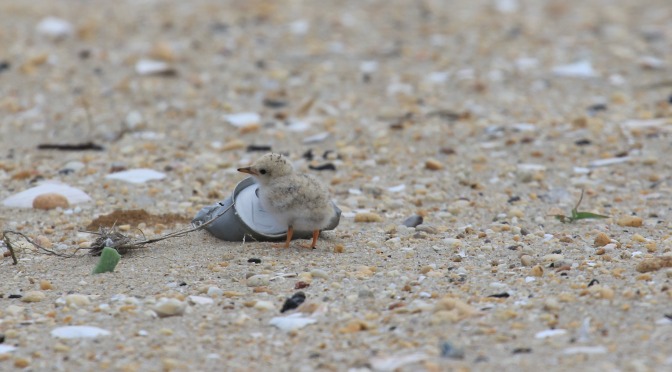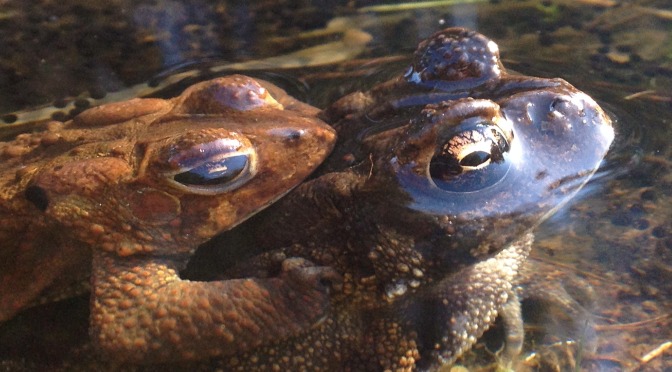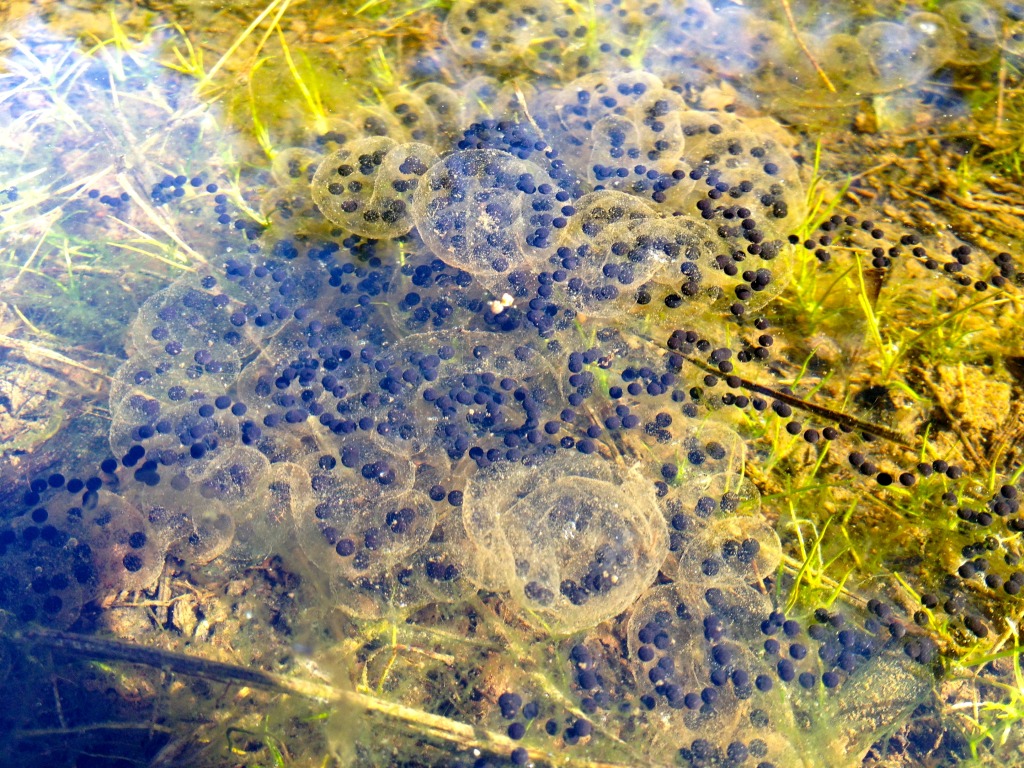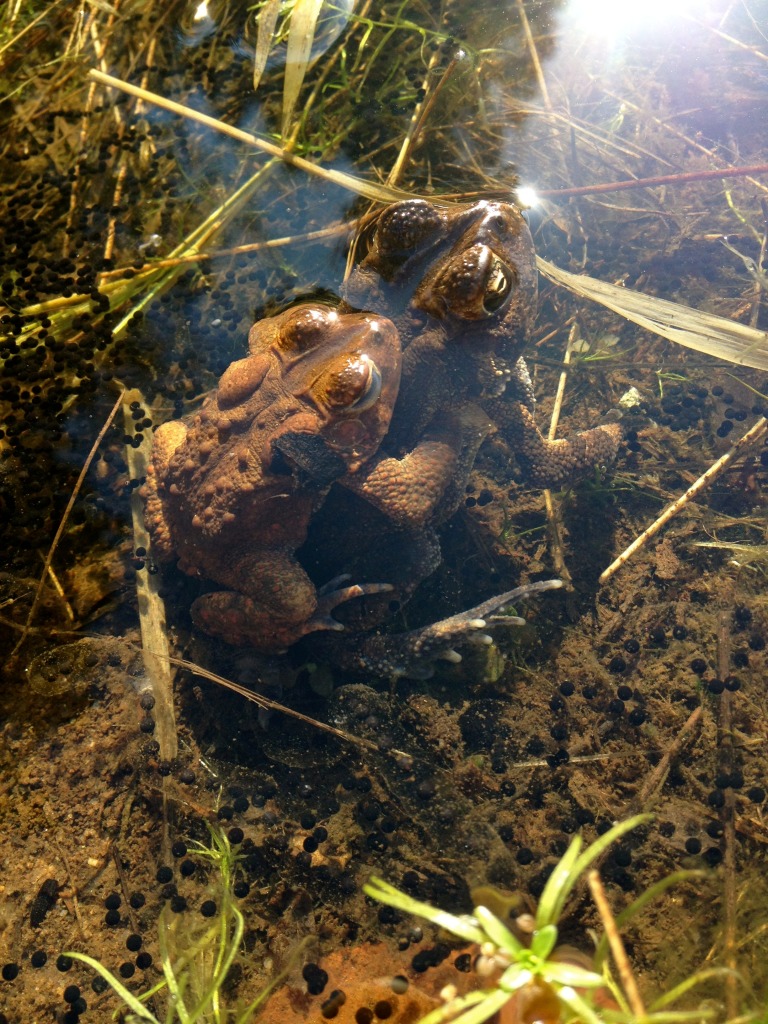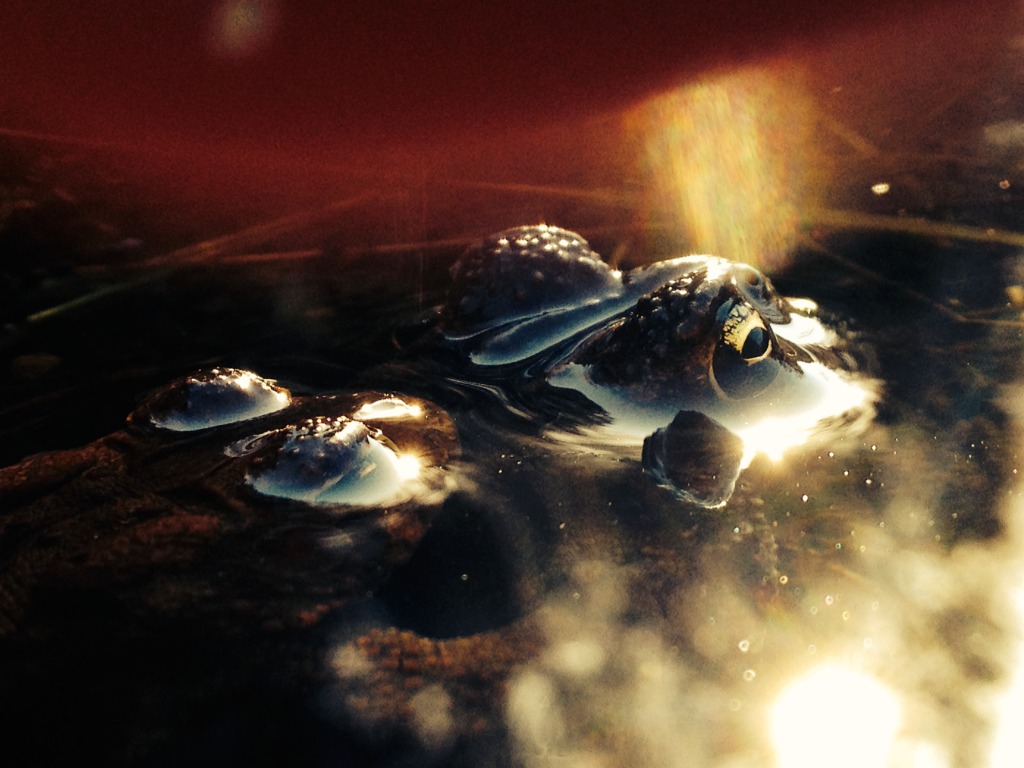Hide and Seek (beachnesting bird version) is a game where threatened and endangered chicks attempt to conceal their location in order to grow up and survive. It’s pretty basic, but various challenges have arisen throughout the years making the game more difficult. All you need to play are a few beachnesting friends and some hiding and spying skills. This game is a great way for chicks to practice real-world survival skills!
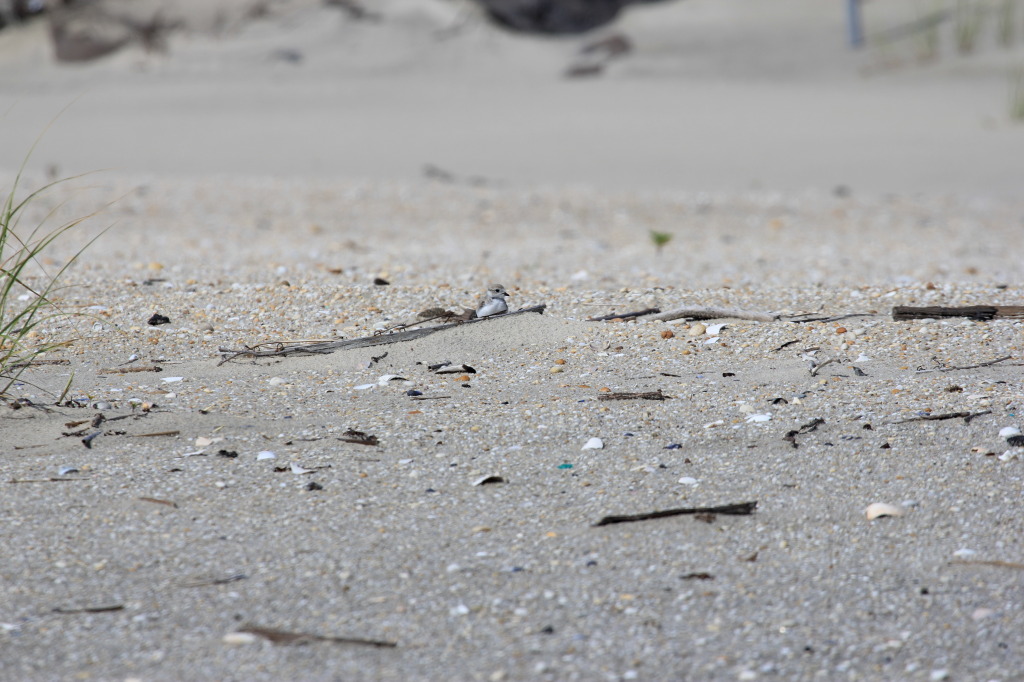 Step one: find a suitable location
Step one: find a suitable location
An outdoor location near the coast works best and it should have plenty of sand and pebbles or clam shells. It will be necessary to set boundaries for hiding or you will have chicks running off to too many far-off locations. It’s not called Run a Mile and Go Seek!
- If you’re playing with your parents around, make sure they know what’s going on. They may not want you hiding in the driftwood at the wrack line, under the lifeguard stand, or too close to the water.
- Try to play in different places every time. If you play every game in the same spot, then the birds who play “it” (predators) will remember the good places and search there first.
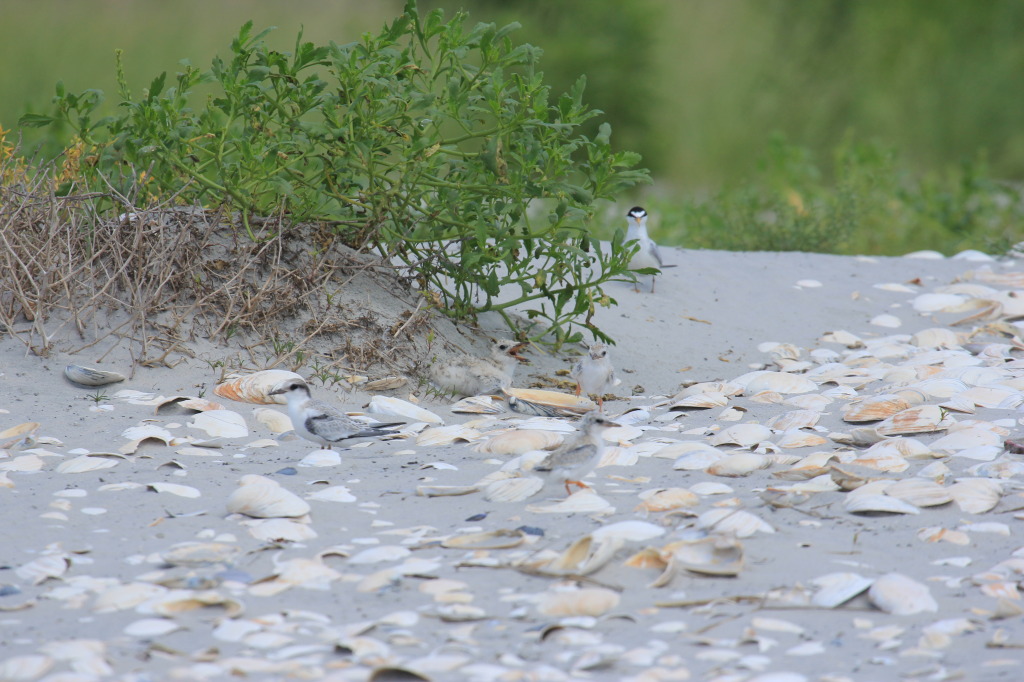 Step two: select the players and set down the rules
Step two: select the players and set down the rules
- If you have players of different ages, take this into consideration. Younger chicks can fit more places, but they sometimes choose less-than-brilliant places to hide and don’t have the longest of attention spans.
- If you do not set down rules, you will have chicks running to places that shouldn’t be hidden in — either unhatched eggs end up breaking or another pair’s territory gets intruded upon — or someone gets eaten by a laughing gull.
- Make sure everyone stays safe. You don’t want your friends running out in front of loose dogs or hiding beneath a fish crow’s perch.
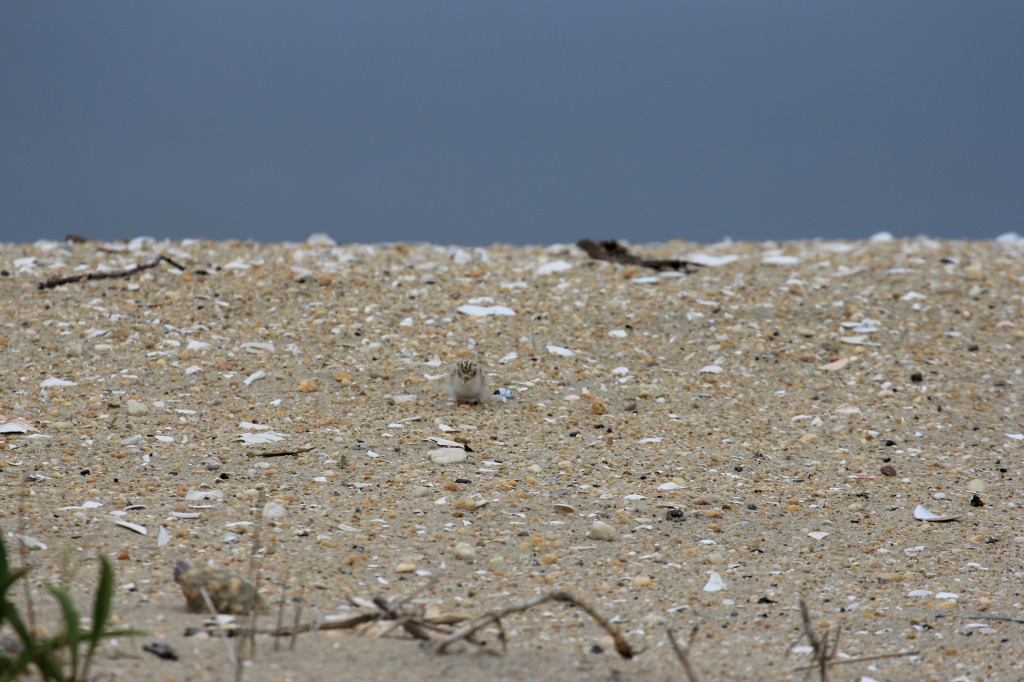 Step three: choose someone to be “it”
Step three: choose someone to be “it”
- Working out who is “It” can be done a variety of ways, for instance: the youngest chick might be “It” first; or the chick who is closest to fledging can be “it” first; or use an elimination word game, such as “One Potato, Two Potato” or similar game. Or just pick a number out of a hat, and #1 is “It”.
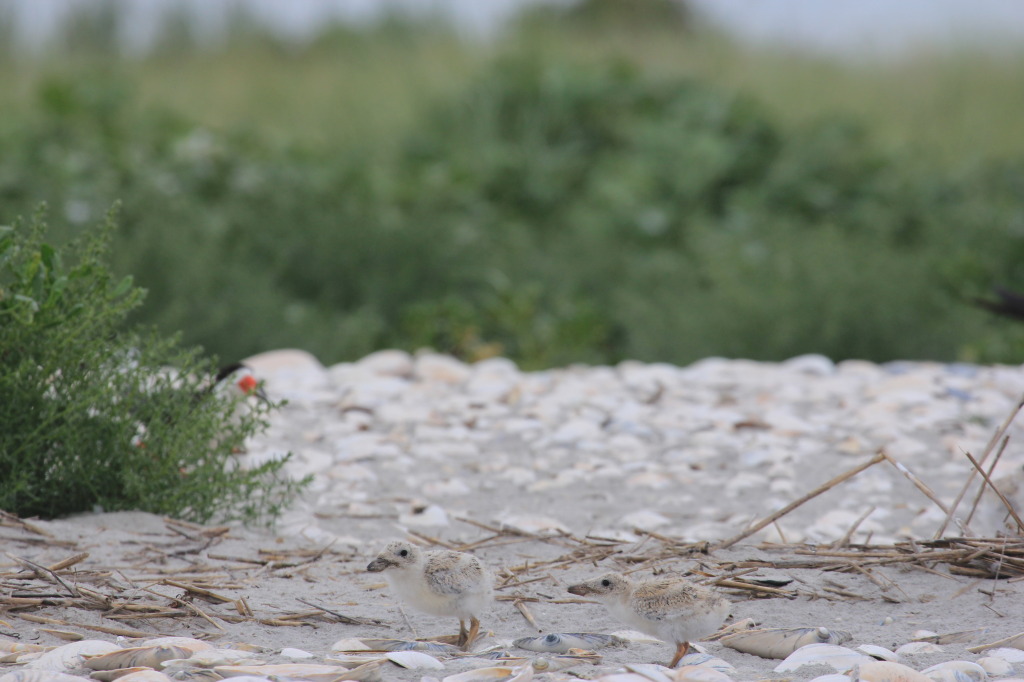 When playing with chicks, an adult is often a good person to be “it”
When playing with chicks, an adult is often a good person to be “it”
- If one chick is older than the rest, they might make a natural “It.” Adult birds have longer attention spans and can think outside of the box better than their offspring.
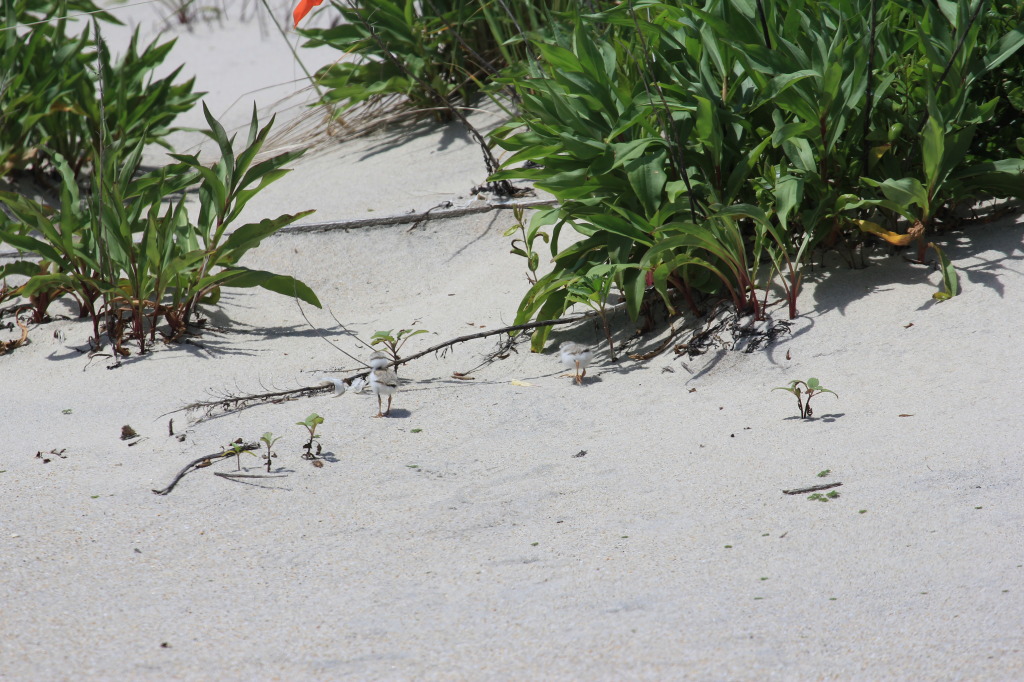 Step four: start counting out loud
Step four: start counting out loud
- Once the bird who will be “It” has been chosen, he or she closes his or her eyes and begins counting out loud to a decided number at a steady pace. Or they could say a rhyme or sing a song. Anything that kills some time so everyone else can go hide!
- Make sure there’s no cheating! The bird who is “It” needs to have their eyes closed, wings over their eyes, and preferably facing the water. No peeking!
- All of the chicks who are not “It” should run off and quietly hide from the bird who is counting. The bird who is “It” is not allowed to peek at the birds hiding from him or her. Make sure you’re quiet as you’re hiding or “It” can use his or her ears to tell the general direction you went.
 Once you find your hiding spot, be silent and still
Once you find your hiding spot, be silent and still
- You don’t want to give yourself up once you’re hidden! . If you’re noisy, even the best hiding spot won’t conceal you.
- Remember the goal is to be invisible!
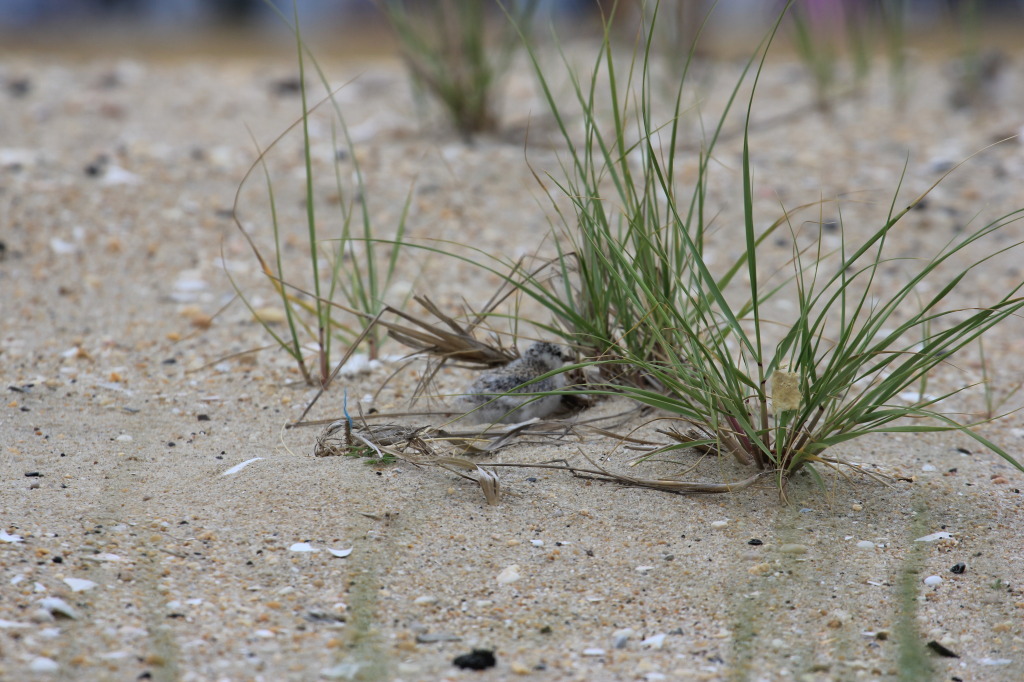 When a young chick is “it”, don’t hide too well…
When a young chick is “it”, don’t hide too well…
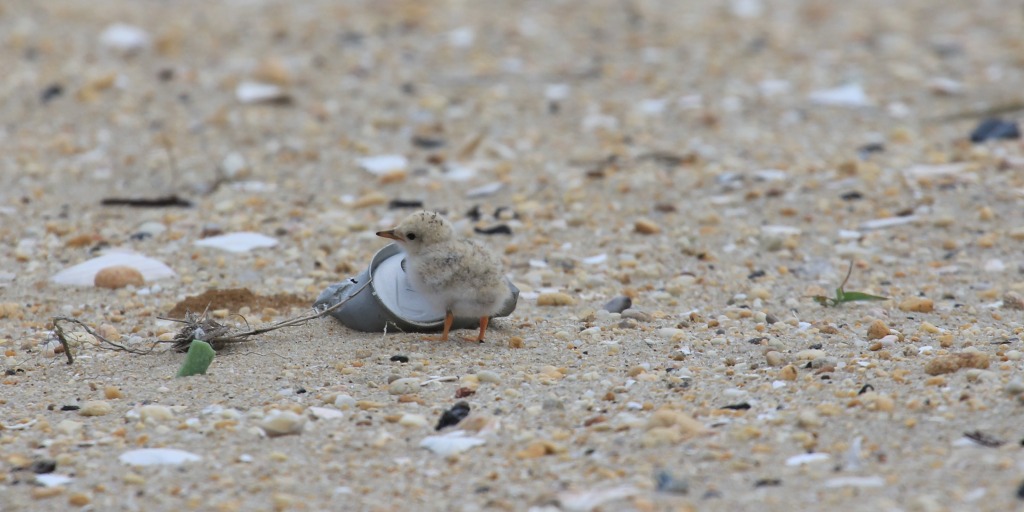 or the game can get too frustrating for them
or the game can get too frustrating for them
- The younger you are, the more frustrated you could get with other chicks who are really good hiders.
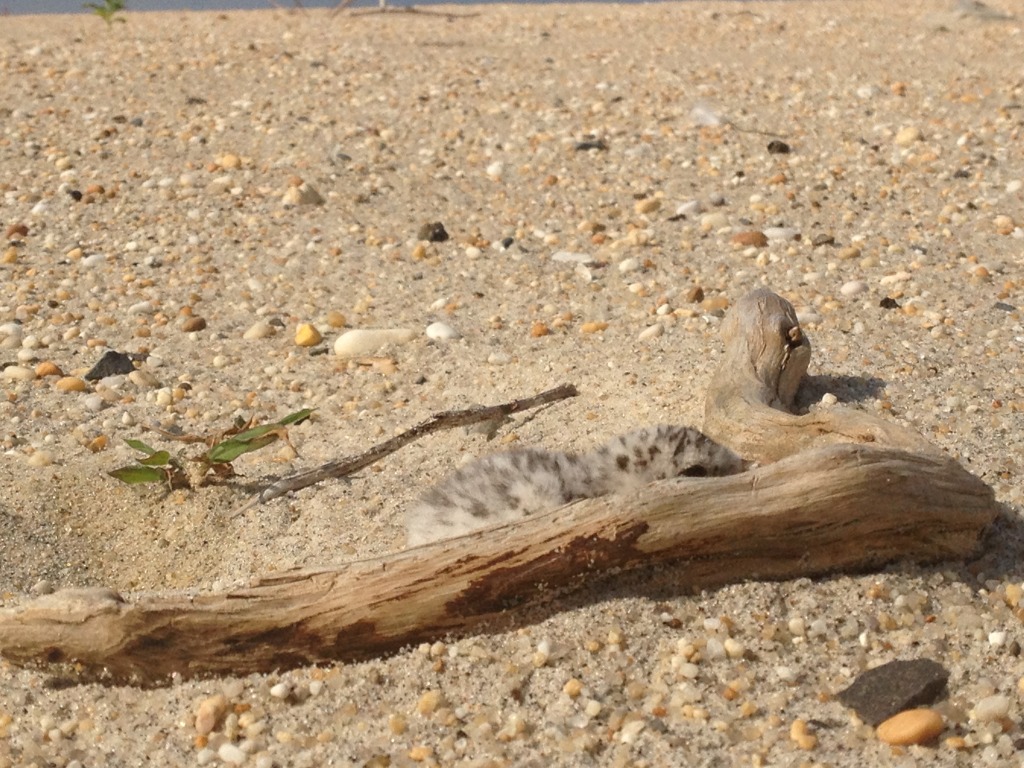 Step six: keep your eyes open and start searching!
Step six: keep your eyes open and start searching!
- Once the bird who is “It” has finished counting, he or she yells “Ready or not, here I come!” At this point, they must try to find all of the other chicks who have hidden. Be sure to look with your eyes and listen with your ears!
- If you are hiding and “It” is close to discovering you, move deftly. Crawling or slithering are the best options. However, if it is too late, be still and silent. The “It” can actually overlook you and go away.
- The chicks who are hiding can move or switch hiding places, if they so choose. It’s a good idea to change positions and go hide in a place the seeker has already looked. That’s called a survival strategy.
Good luck and have fun!
